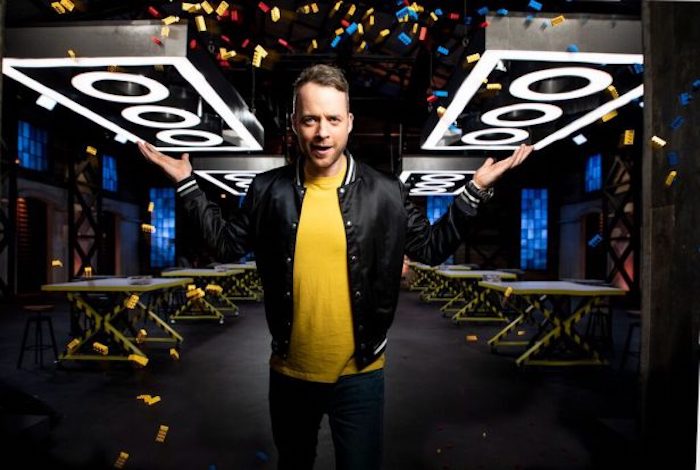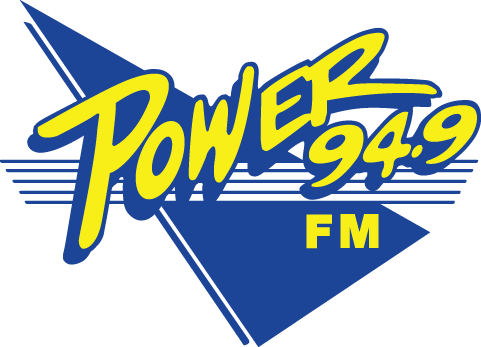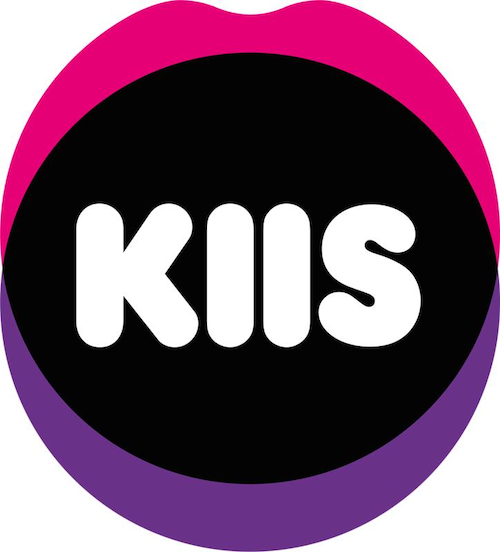What the hit TV show Lego Masters can teach you about building ideas

Hamish Blake’s child-like charm, combined with endearing contestants who are undertaking something most of us have done – playing with Lego – means this series will be a hit (again).
Lego itself is one of the greatest creative tools invented. It’s a shame we stop using it as adults.
In the 2014 Lego Movie, the key point of the story comes toward the end. The message (spoiler alert), is that even though you can follow the step-by-step instructions given to you in the packet – the Lego bricks are provided as a tool for your own imagination.
It reminds me of one of the more popular myths of creativity that you should ‘start with a blank page’. The page is simply the canvas to create on. But all ideas are made with tools to create with. Nothing comes from nothing. Everything is created of something.
In the arts, we know that using tools to create is critical. Musicians use instruments, painters use paint, and professional and amateur Lego makers use bricks. But in our working lives, we forget we need to find our own instruments, paint, or bricks to solve professional creative challenges.
One of the main ways this manifests is in the process of brainstorming. Brainstorming encourages participants to create from scratch, often with empty whiteboards or butcher’s paper. Rarely do those sessions start with stimulus (the bricks) for the group to be able to create with.
For example, if I was hosting an ideation workshop today and the creative challenge was ‘ideas to create customers during a pandemic’, I would share with the group some real case studies from other industries around the world (easily found on Google). I’d then ask the group to read through the examples and pull out a core theme from each that we could use as a brick to build with.
These could be themes like ‘X company decided to create a customer advocacy program to deliver stronger word-of-mouth over traditional marketing channels’, so the brick we’d use would be ‘Customer Advocacy’. Another might be ‘Y company offered free sample product delivered by UberEats with every meal’, then the brick would be ‘sampling opportunities’.
From there, we’d look at how to connect up the bricks to make something useful. Such as ‘Customer Advocated Sampling’ and then ideate ways that helps to address the core challenge.
The same principle applies when you are building ideas on your own, particularly in these remote times. If you find yourself stuck for how to start the process, don’t stare at the blank screen waiting for it to arrive like a lightning bolt (another creative myth). You need to get stuff down on the page. Start by noting products or services you have seen more during the pandemic, and ask yourself how and why you are noticing them.
For me, any message of relevance is definitely more potent now such as home-delivered meal services like HelloFresh and MarleySpoon. So I would start my own idea-generating process by thinking about how my product or service could position itself as being more in sync with the home-based habits (like cooking), and find points of relevance to that process. The ideation can then focus on ‘increasing relevance aligned to changing habits’.
Ideas come from other ideas. It’s always been the way. We often think creativity has to be ‘new’ all the time. Hopefully, you’re enjoying Lego Masters and you can see that those amazing creations don’t start with nothing, they start with bricks of various shapes, sizes and colour.
Collect the pieces first, and then build your solution. And just for the hell of it, enjoy the fun of playing with Lego again. Unless you tread barefoot on a piece left on the floor.



